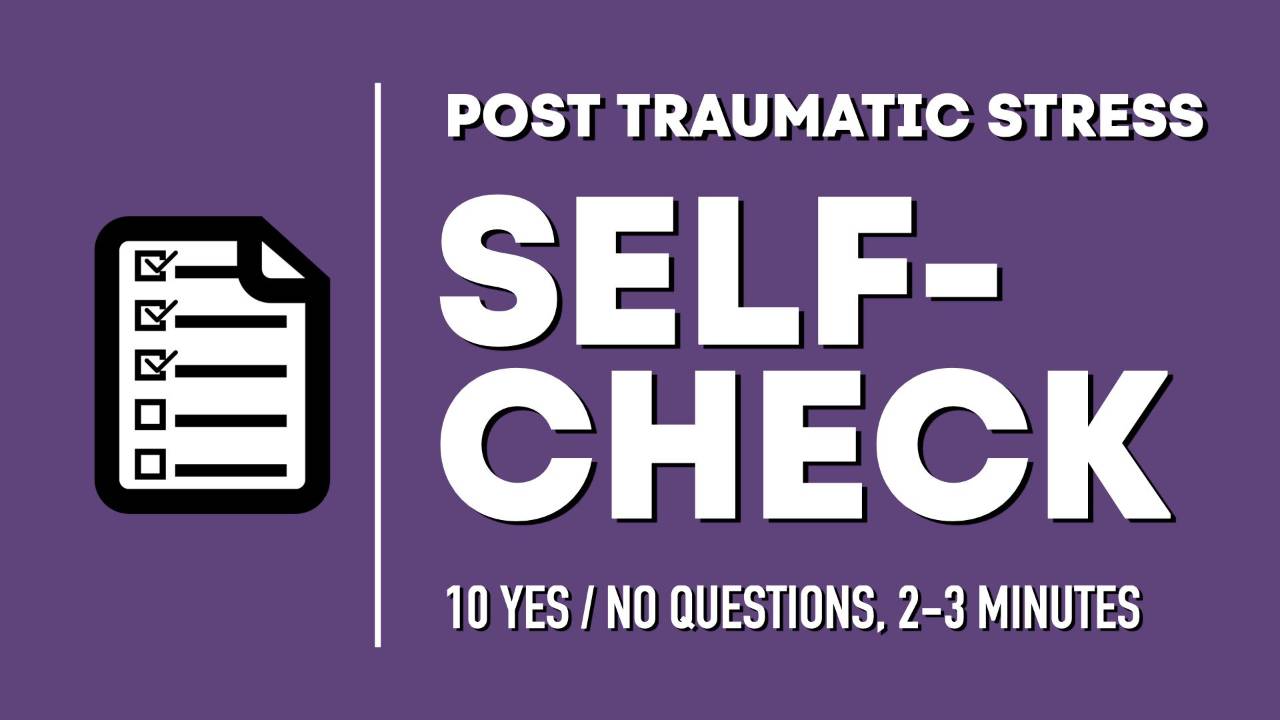Self-Check Explanation
In this video we'll talk through the ten questions on the assessment, make a few observations as to what your responses might mean, and offer you some next steps.

The 10 question PTSD self-check you took was found on the VA website a few years ago-- as I was co-writing a book for veterans about war-related and deployment-related trauma. I've used the resource as a quick tool to send people to get them thinking about emotional hurts-- and empowering them to discern where they are as compared to where they want to be.
Professionals at the VA have used the test to begin the process of diagnosing, treating, and prescribing mediation for PTSD. I don't use it for those reasons-- I use the quick self-check simply to open a discussion, for people to begin thinking and exploring the arena of emotional wholeness.
Emotional hurts are different than physical hurts for one primary reason: physical wounds are visible and seem more objective.
That is--
- Your bone is either broken or it's not.
- Your stomach either feels wonky or or it doesn't.
- Your head either aches or it feels fine.
Emotional wounds-- invisible scars-- seem, well... subjective. And that's part of the point. They're unique to each of us.
The self-check is a great tool to consistently evaluate where you are-- and how you're holding up.
Especially during tough seasons.
Note: to take a deeper dive into this topic , go to the page linked below.
Soul Wholeness | An online course to help you find mental health + emotional healing

Want to learn more and learn now?
Access the Soul Wholeness video course and you'll learn things like:
💜 What true restoration + healing looks like after a tough emotional season
💜 Three common soul wounds-- triggers (PTSD), guilt & shame, soul ties-- and how to walk through each into wholeness
💜 Practical steps you can implement and/or teach friends & loved ones

